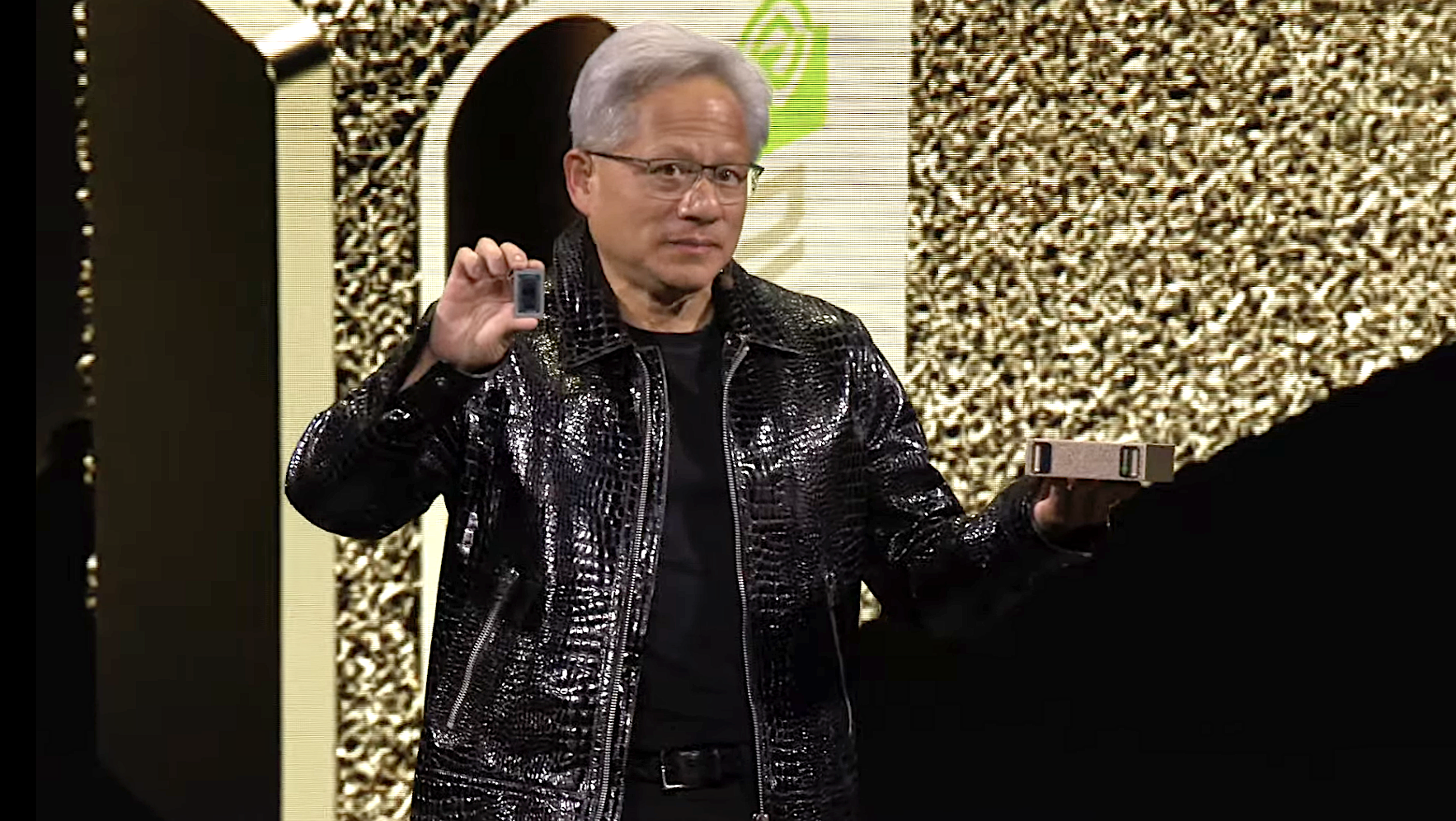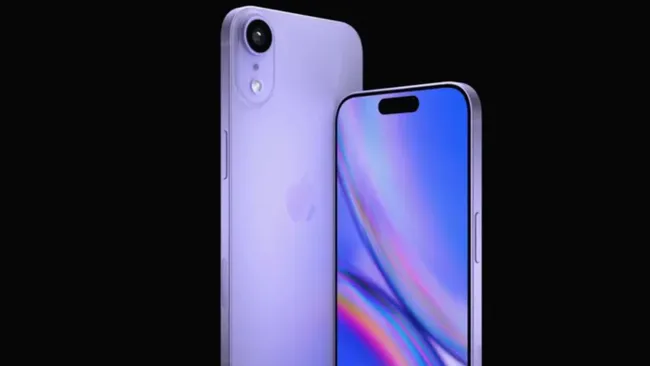
Nvidia Corp. is making its most powerful graphics processing units accessible to anyone with the coming launch of Project DIGITS – a “personal AI supercomputer” that’s powered by the soon-to-launch Nvidia GB10 Grace Blackwell Superchip.
The AI supercomputer was announced late today at the CES consumer electronics show in Las Vegas. When it launches in May, Project DIGITS will provide users with access to 1 petaflop of artificial intelligence computing performance, giving researchers, data scientists and students the kind of performance normally limited to big enterprises, right there on their desks. It will support the prototyping, training and fine-tuning of advanced large language models, as well as inference, making it possible for anyone to develop artificial intelligence systems that can match the power of applications like ChatGPT.
Nvidia’s upcoming GB10 Superchip is a system-on-a-chip that’s powered by its most advanced GPU, the Nvidia Grace Blackwell. It has all of the supporting components required to run large-scale AI projects, with dozens of CUDA cores and fifth-generation Tensor Cores connected to equally high-performance Nvidia Grace central processing units by the company’s chip-to-chip interconnect technology, NVLink.
According to Nvidia, the GB10 Superchip enables the Project DIGITS supercomputers to deliver immense AI computing resources to anyone via a standard laptop or PC. Each machine will provide access to 128 gigabytes of unified, coherent memory and up to 4 terabytes of NVMe storage. That’s more than enough to run a 200 billion-parameter LLM, meaning users will be able to build and experiment with LLMs that exceed the capabilities of OpenAI’s GPT-3 model, which has 175 billion parameters.
For those who need even more power, it will be possible to link two Project DIGITS AI supercomputers together using Nvidia’s ConnectX networking technology, to support models with up to 405 billion parameters, the company said.
Nvidia co-founder and Chief Executive Jensen Huang (pictured, with Superchip) said during a CES keynote that Project DIGITS is all about making the tools for advanced AI development more accessible, so that everyone can participate in building the future. He explained that the aim is to provide affordable access to the Grace Blackwell Superchip for millions of developers.
There may still be millions of developers left behind though, for the Project DIGITS machines can’t really be described as “cheap,” with prices starting at $3,000. But Huang seems to think there will be many AI developers who are willing to pay that kind of money.
“Placing an AI supercomputer on the desks of every data scientist, AI researcher and student empowers them to engage and shape the age of AI,” Huang said.
Those developers will be able to create, fine-tune and test their models on Project DIGITS before deploying them on the Nvidia DGX Cloud platform, accelerated cloud instances or their own on-premises data center infrastructure, the company said.
To aid developers using Project DIGITS, the company is also providing them with access to an extensive library of AI development tools, including software development kits, frameworks and prebuilt AI Models, all of which can be found within the Nvidia NGC Catalog on the Nvidia Developer portal.
In addition, the company is making a number of its “AI blueprints” available, alongside free access to its NIM microservices, which can be found in the same developer portal.
Photo: Nvidia
Your vote of support is important to us and it helps us keep the content FREE.
One click below supports our mission to provide free, deep, and relevant content.
Join our community on YouTube
Join the community that includes more than 15,000 #CubeAlumni experts, including Amazon.com CEO Andy Jassy, Dell Technologies founder and CEO Michael Dell, Intel CEO Pat Gelsinger, and many more luminaries and experts.
THANK YOU









Leave a Comment